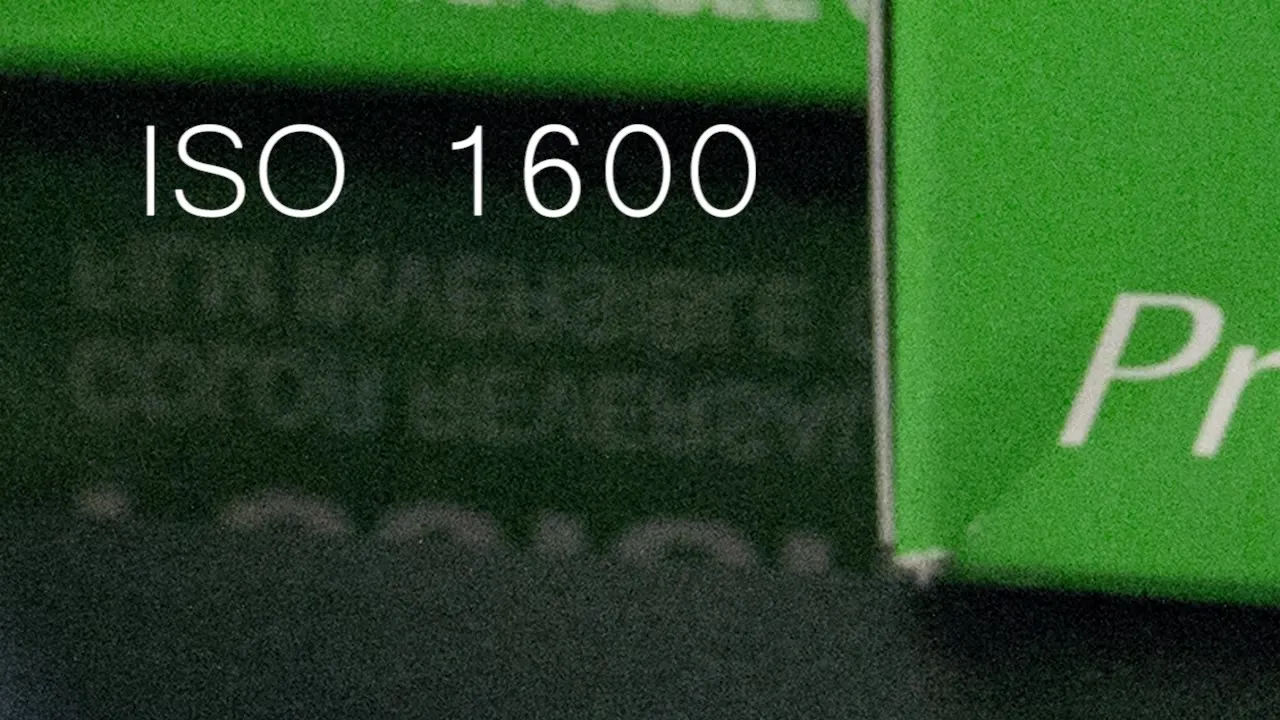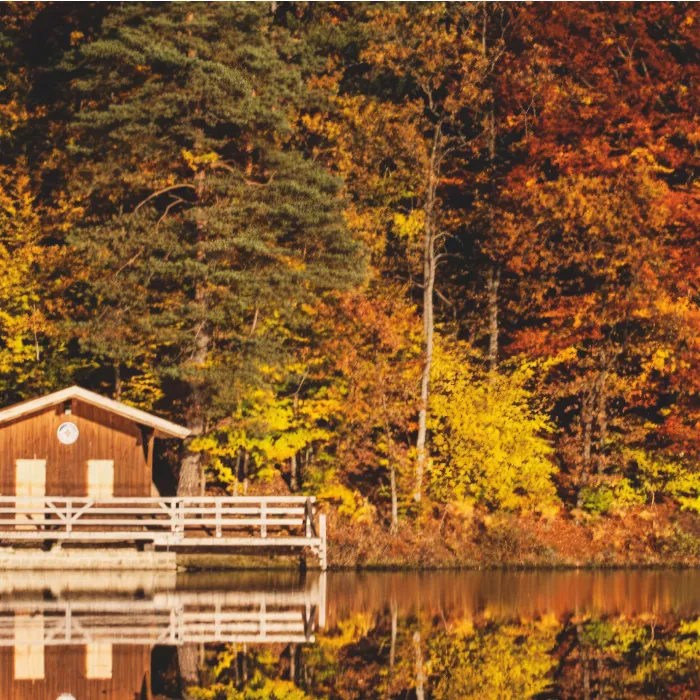The sensitivity of your camera's sensor, known as ISO, plays a crucial role in digital photography. It not only affects the quality of the captured images but also the choice of aperture and shutter speed. In this guide, you will learn how to efficiently use ISO, minimize image noise, and achieve optimal results.
Key Insights
The choice of ISO value significantly impacts image quality. Higher ISO values allow for shooting in lower light conditions but can also lead to image noise. It is important to find the right ISO value for your specific situation while also keeping exposure in mind. Test different ISO settings to explore your preferences and the limits of your camera.
Step-by-Step Guide
1. Understanding ISO Values and Their Impact
ISO is a unit of measurement that describes the sensitivity of your camera's sensor. The higher the ISO value, the more sensitive the sensor is to light. While analog films were often specified in ASA, digital cameras today use the ISO value. An ISO value of 100 is suitable for bright light, while values of 800 and above can be used in darker environments.
2. Optimal Use of ISO in Different Lighting Conditions
The main consideration when choosing ISO is how much light you need for the desired exposure. While a high ISO value can help capture clear images in low light, it also increases the risk of image noise. In moderate lighting conditions, you should try to keep the ISO value as low as possible to maximize image quality.
3. The Relationship Between ISO, Aperture, and Shutter Speed
Every camera has certain exposure values that interact with each other. You need to adjust the ISO value together with aperture and shutter speed to achieve correct exposure. Make sure you understand the fundamentals of these three values before you start shooting.
4. Understanding the Roots of Image Noise
Image noise typically becomes visible in images taken at higher ISO values. This effect, known as film grain in analog photography, can damage image quality. However, modern cameras feature noise reduction technologies that can considerably diminish the effects of noise. Even at 3200 or 6400 ISO, acceptable results can often be achieved, provided the images are correctly exposed.
5. Conducting Test Series for Better Results
To get the best out of your camera, it is advisable to conduct test series. Set your camera on a tripod and experiment with different ISO values in manual mode. Analyze the results to determine which ISO settings work best for your specific shooting situations.

6. Practical Tips for Reducing Image Noise
Correct the exposure of your images before editing them. Overexposed or underexposed images make post-processing difficult and can amplify image noise. Be sure to properly illuminate your subjects to minimize reliance on high ISO values.

7. Finding the Balance Between Quality and Subject
Sometimes it's important to prioritize the subject even if it means working with higher ISO values. In such cases, you should worry less about image noise if the image captures the subject you want to convey.
8. Summary of Camera Settings
Develop an understanding of how your camera controls aperture, shutter speed, and ISO values. Refer to the manual when handling your camera and test the exposure options to be prepared for any shooting situation.
Summary – Digital Photography: How to Effectively Control ISO and Image Noise
In this guide, you have learned the essential aspects of choosing ISO in digital photography. You now understand how important the selection of ISO value is for image quality and how to control image noise. Through testing and practice, you can ensure that you achieve optimal results.
Frequently Asked Questions
How does the ISO value affect image quality?A higher ISO value increases sensitivity to light but can also amplify image noise.
What is image noise?Image noise is the unwanted disturbance in digital images that often occurs at high ISO values.
How can I reduce image noise?In addition to choosing a lower ISO value, you can use noise reduction tools in post-processing.
Which ISO values are best for photography?For good results, you should ideally use ISO values between 100 and 800. Higher values are helpful in low light but can negatively impact image quality.
Can I avoid image noise?Image noise cannot be completely avoided, but it can be minimized by controlling exposure well and optimizing ISO settings.


